Scientists have long believed that the Moon was formed from the debris left behind after a Mars-sized planet called Theia (also known as “Thea”) collided with Earth. This cataclysmic event is widely accepted as the leading explanation for how Earth got its satellite, but there’s still a lot we don’t know about this dynamic moment in our planet’s history.
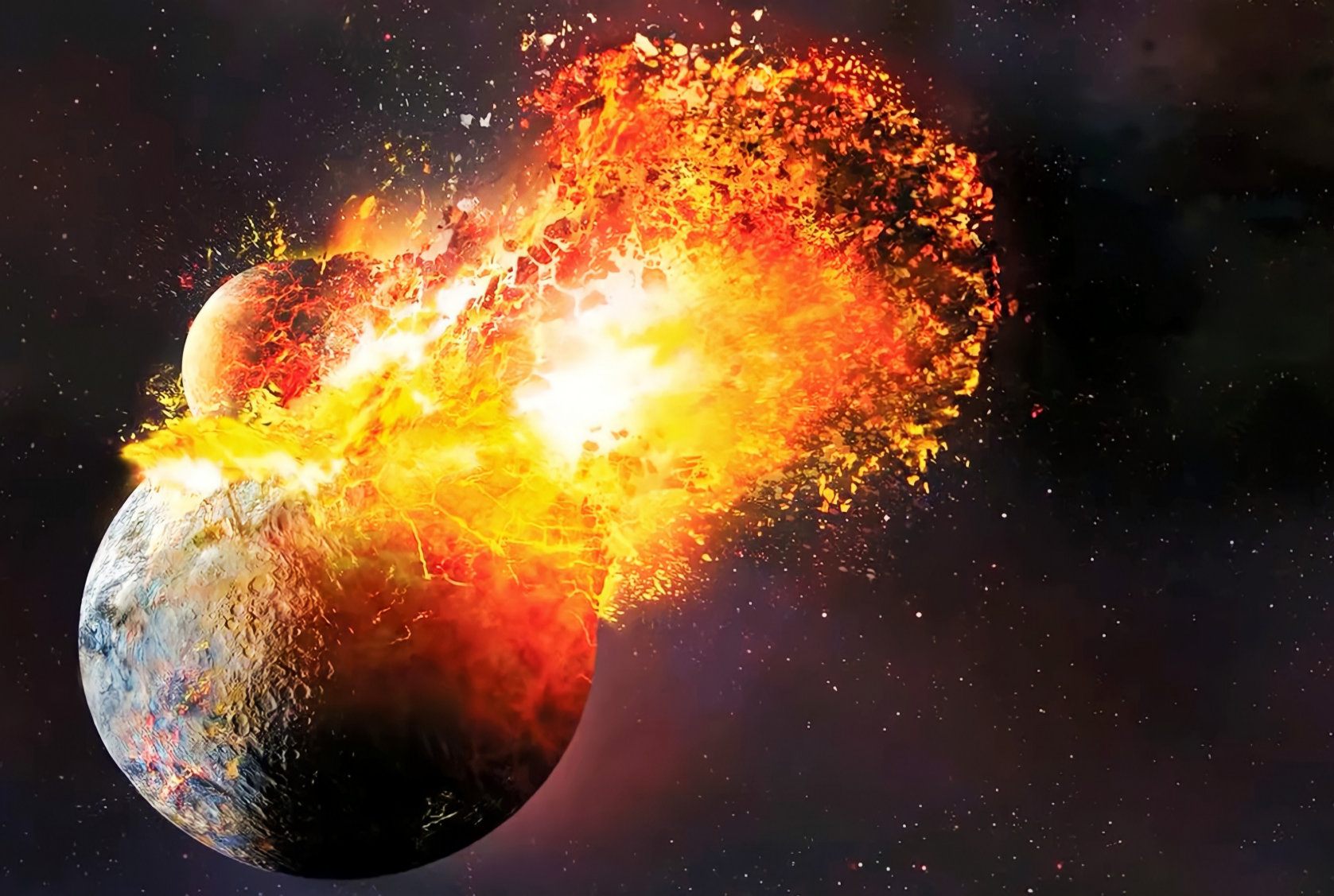
When Apollo astronauts explored the lunar surface, they found several strange rocks that seemed out of place. These angular fragments are known as “blue-loop” rocks because of their distinctive blue-green color and looped appearance when viewed under magnification.
These peculiar rocks were first discovered on the Moon by astronauts during the Apollo 14 mission in 1971. Since then, scientists have identified similar specimens at various other sites on the Moon. But what they exactly are, and where they came from, has remained a mystery.
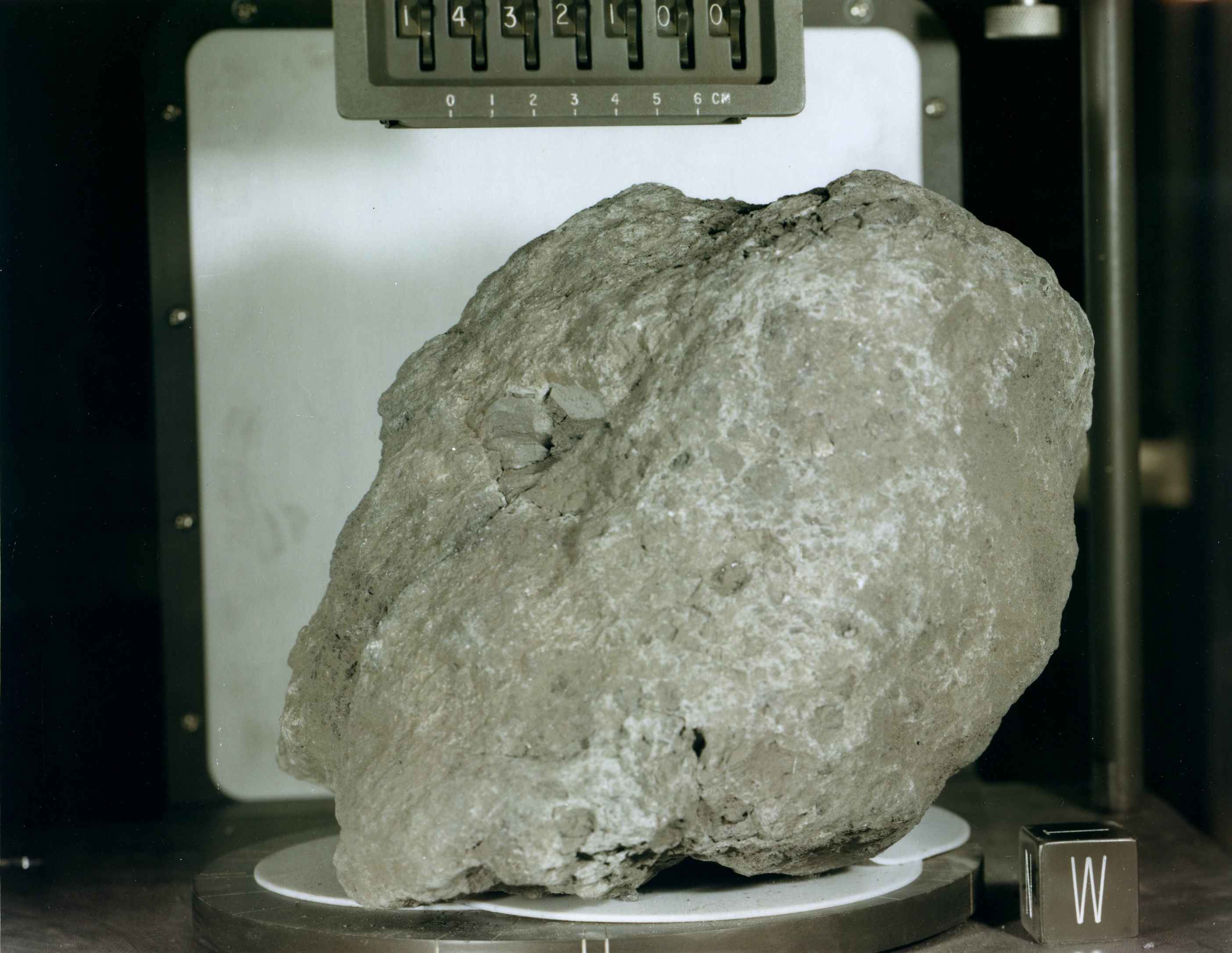
אין יאנואר 2019, סייאַנטיס אין אויסטראַליע געמאכט אַ שאַקינג ופדעקונג, ריווילינג אַז אַ שטיק פון שטיין געבראכט צוריק דורך די קאָמאַנדע פון די אַפּאָללאָ 14 לעוואָנע לאַנדינגז איז פאקטיש ערידזשאַנייטאַד פון ערד.
The scientists stated in an article published in the journal Earth and Planetary Science Letters that the rock may have been part of debris that was flung to the moon from Earth as a result of an asteroid crashing with our planet billions of years in the past.
The pebbles were collected during the Apollo 14 mission, which launched in 1971 and was the third space mission to successfully land on the moon. Alan Shepard, Stuart Roosa, and Edgar Mitchell spent many days orbiting the moon performing scientific experiments and observations, while Shepard and Mitchell participated in a 33-hour space walk on the moon’s surface.
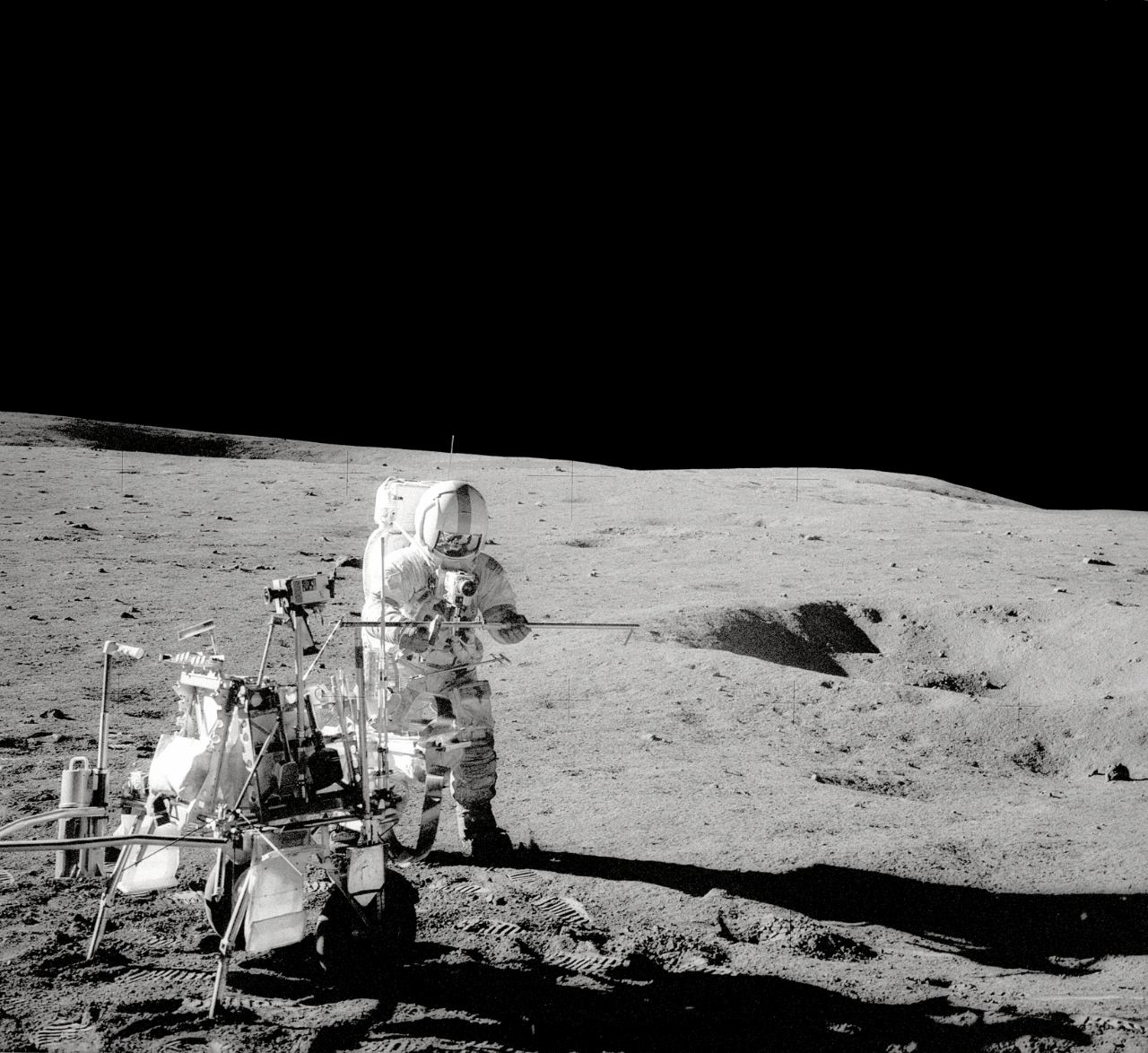
In addition, the astronauts returned with roughly 42kg of rocks. This collection of lunar debris has supplied us with a wealth of information about the composition and evolution of the moon.
Recent study of some of these elements, however, has indicated that at least one of the lunar boulders collected by Shepard and Mitchell may have originated on Earth.
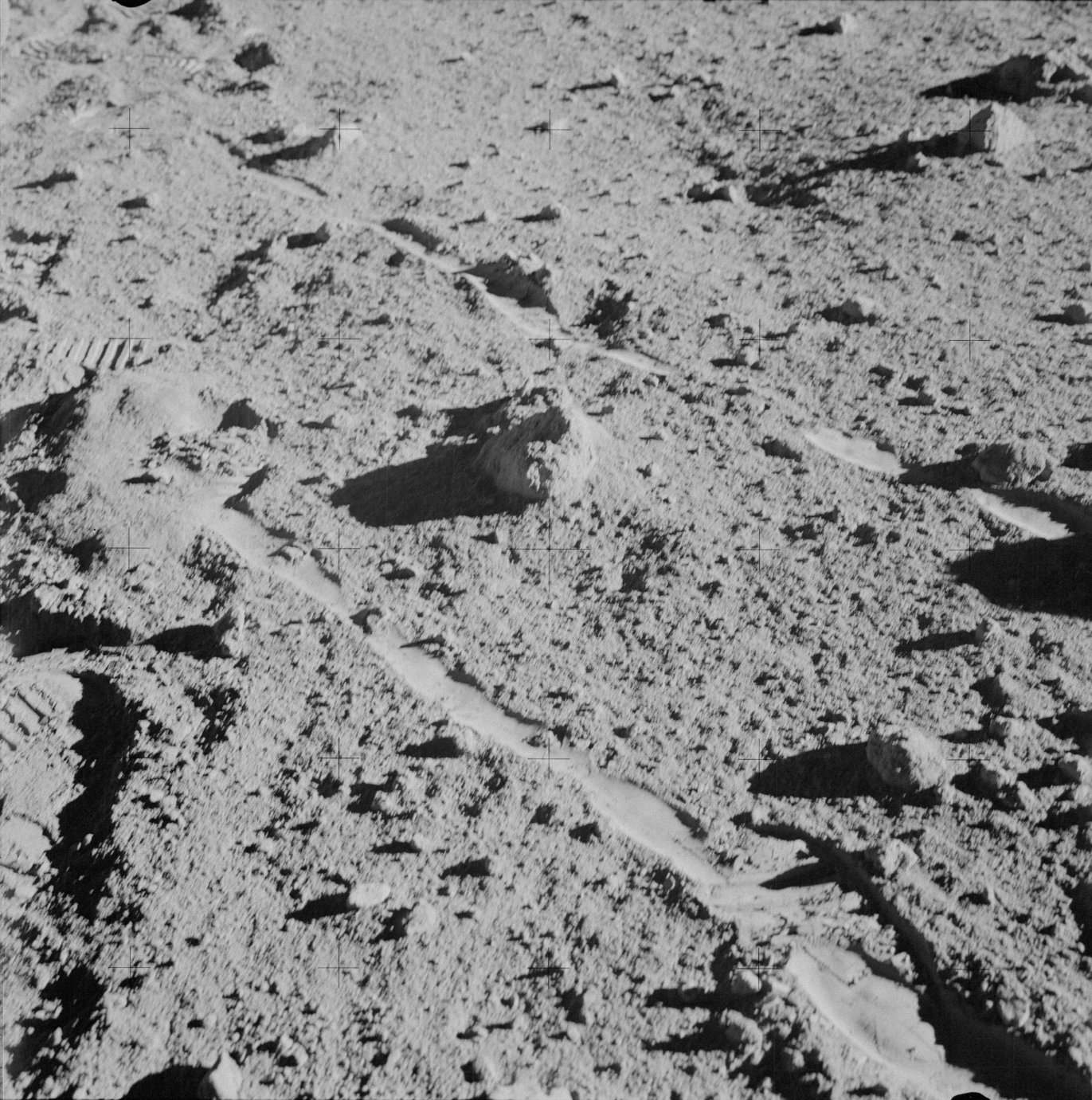
According to Professor Alexander Nemchin of Curtin University’s School of Earth and Planetary Sciences in Western Australia, the composition of one of the moon’s rocks is extremely similar to granite, with considerable amounts of quartz inside. While quartz is common on Earth, it is incredibly difficult to discover it on the moon.
Furthermore, the scientists examined the zircon contained in the rock, a mineral that belongs to a group of neo-silicates present on both Earth and the Moon. They observed that the zircon identified in the rock matches terrestrial forms but not anything previously detected in lunar material. The scientists found that the rock developed in an oxidising environment, which would be highly rare on the moon.
According to Nemchin, these observations provide significant proof that the rock was not created on the moon, but rather originated from Earth. He did not rule out the idea that the rock developed under temporarily occurring identical conditions on the moon, but he concluded that this was exceedingly implausible.
Instead, the researchers proposed a different possibility. They hypothesised that the rock was transferred to the moon after its creation, potentially as a result of an asteroid impact with the Earth billions of years ago.
According to this idea, the asteroid collided with the Earth billions of years ago, releasing debris and boulders into orbit, some of which landed on the moon.
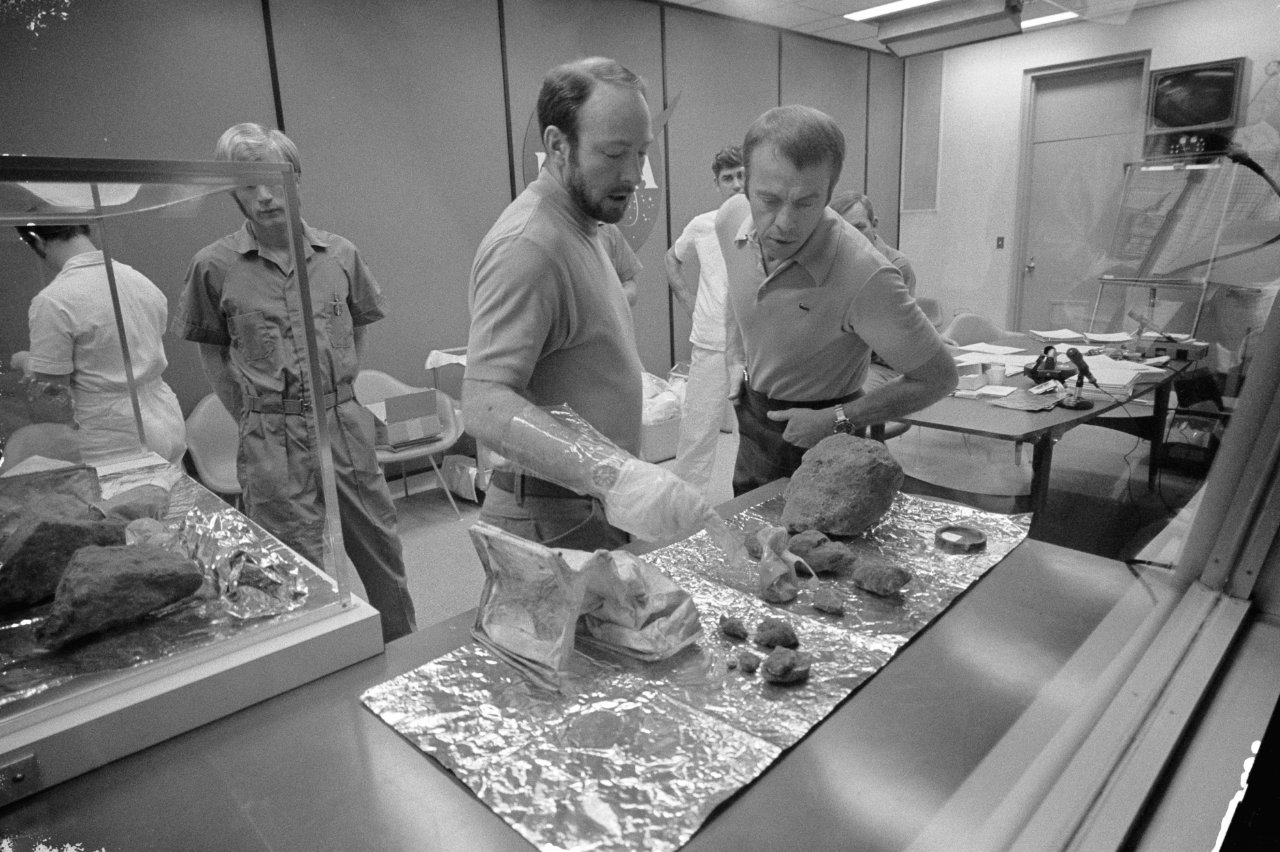
This idea would explain why the rock appeared to have a chemical makeup compatible with terrestrial planetary circumstances rather than lunar planetary conditions. It also accords with beliefs regarding the sort of bombardment that altered the Earth billions of years ago.
According to many experts, asteroids and meteorites may have struck the Earth during its early phases of development, causing major disruption to its surface.
Furthermore, it is assumed that the moon was at least three times closer to the Earth during this era, making it extremely possible that the moon was also impacted by flying debris as a result of these collisions.
If this idea is right, the rock returned by Apollo 14’s crew is one of the oldest terrestrial rocks ever discovered. Zircon analysis placed the age of the rock at around 4 billion years, making it slightly younger than the zircon crystal found in Western Australia as the oldest known Earth rock.
These ancient stones may appear to be little, unassuming boulders, yet they have the potential to change our knowledge of the Earth’s early phases of existence.
Above, this was a general view of the mainstream science. But there’s an extraordinary catch in this discovery. According to some theorists, the stone did not reach the moon surface naturally, but by some artificial means. They claim this, believing in the Silurian hypothesis.
The Silurian hypothesis basically conveys that humans are not the first sentient life forms to have evolved on our planet and that if there were antecedents 100 million years ago, practically all evidence of them would have been lost by now.
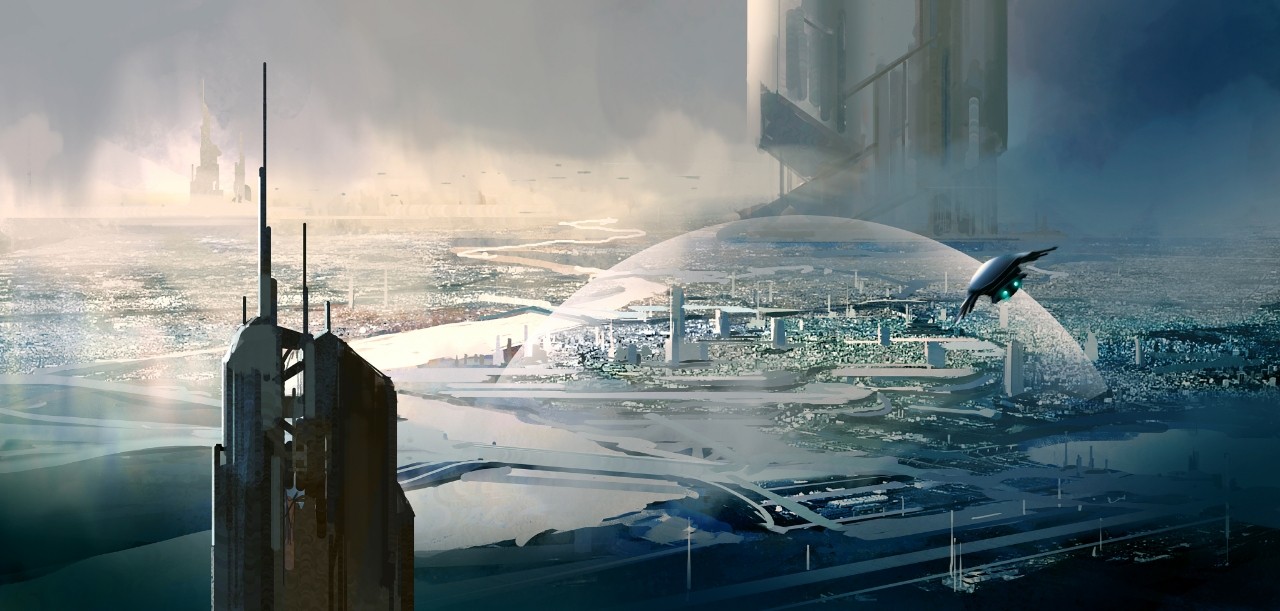
To clarify, physicist and research co-author Adam Frank stated in an Atlantic piece, “It’s not frequently that you publish a paper offering a hypothesis that you don’t support.” In other words, they do not believe in the existence of an ancient civilization of Time Lords and Lizard People. Instead, their goal is to figure out how we could locate evidence of old civilizations on distant planets.
It may appear logical that we would witness evidence of such a civilization – after all, dinosaurs existed 100 million years ago, and we know this because their fossils have been discovered. They were, nonetheless, around for more than 150 million years.
דאָס איז וויכטיק ווייַל עס איז נישט נאָר וועגן ווי אַלט אָדער ברייט די חורבות פון דעם ויסגעטראַכט ציוויליזאַציע וואָלט זיין. עס איז אויך וועגן ווי לאַנג עס איז געווען אין עקזיסטענץ. מענטשהייַט האט יקספּאַנדיד איבער דער גלאָבוס אין אַ אַסטאַנישינגלי קורץ צייט - בעערעך 100,000 יאָר.
אויב אן אנדער מינים וואָלט טאָן די זעלבע, אונדזער גיכער צו געפֿינען עס אין די דזשיאַלאַדזשיקאַל רעקאָרד וואָלט זיין פיל סלימער. די פאָרשונג פון פראַנק און זיין קלימאַטאָלאָגיסט קאָ-מחבר Gavin Schmidt יימז צו פונט פונט וועגן צו דיטעקטינג טיף-צייט סיוואַליזיישאַנז.
So, could those theorists be right? Is this possible that nearly 4 billion years ago, an advanced civilization like us thrived on this planet and they were able to influence the lunar surface. We know Earth is estimated to be 4.54 billion years old, but this is just an estimation, no one can conclude exactly when the Earth was created, and how many civilizations it actually witnessed in its own history.




